Think of a dormant volcano as a sleeping giant with a heartbeat that never stops. While you might assume a volcano without spectacular eruptions is completely quiet, the reality is far more fascinating. These seemingly peaceful mountains are actually buzzing with constant activity that reveals their true nature as complex, dynamic systems.
The invisible signs of life flowing beneath your feet paint a remarkable picture of volcanic behavior. Every puff of gas, every tiny tremor, and every subtle ground movement tells a story of ongoing processes deep underground. So let’s get started exploring how these magnificent geological forces maintain their restless energy even during their quietest moments.
The Hidden Language of Volcanic Gases
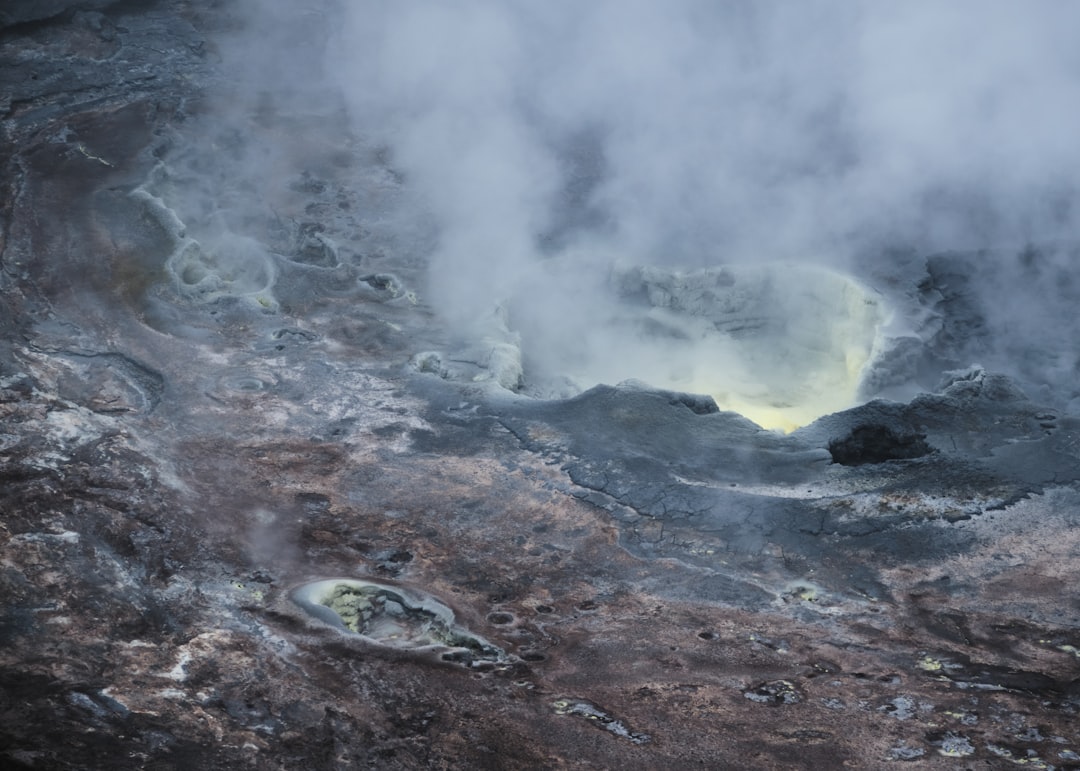
You might be surprised to learn that volcanic gas is naturally released from both active and many inactive volcanoes, with water vapor typically the most abundant volcanic gas, followed by carbon dioxide (CO2) and sulfur dioxide (SO2). These continuous emissions act like a volcano’s breath, providing scientists with crucial insights into what’s happening far below the surface.
The composition of these gases changes in remarkable ways that can predict future activity. Year-round monitoring at five volcanoes revealed that the level of carbon dioxide relative to sulfur dioxide in volcanic gases systematically changes in the hours to months before an eruption. This gas chemistry shift serves as an early warning system that often precedes other more obvious signs of volcanic unrest.
Modern monitoring stations now track these emissions with incredible precision. A multi-component gas analyzer system, or “Multi-GAS,” has been developed as a high-frequency, real-time gas monitoring system. These sophisticated instruments can detect even subtle changes in gas ratios that might indicate magma movement far below the surface.
The new CO2 flux data from volcanoes showed that dormant volcanoes as well as active volcanoes emit large fluxes of previously “unseen” CO2, derived from the degassing of magma bodies in the crust below. These diffuse CO2 fluxes make a large contribution to the total volcanic outgassing carbon flux. This discovery revolutionized our understanding of how much volcanic activity continues during dormant periods.
Micro-Earthquakes: The Volcano’s Pulse

When magma moves beneath an active volcano, it can shake the ground nearby. The sudden shaking releases energy in the form of seismic waves, that is, it produces seismic movements or earthquakes. These tiny tremors, often too small for you to feel, occur constantly beneath dormant volcanoes as underground processes continue.
What makes volcanic earthquakes unique is their distinctive patterns and characteristics. Most volcano-related earthquakes are too small to feel, generally quite shallow (usually within 10 km (7 mi) of the surface), and can occur in swarms consisting of dozens to hundreds of events. Most swarms usually don’t lead to eruptions, but most eruptions are preceded by swarms.
Scientists monitor several types of seismic signals to understand magma movement. Long-period (LP) or low-frequency (LF) earthquakes are caused by cracks resonating as magma and gases move toward the surface. These earthquakes provide valuable information about the state of underground magma systems even when no surface activity is visible.
The Science of Volcanic Tremor
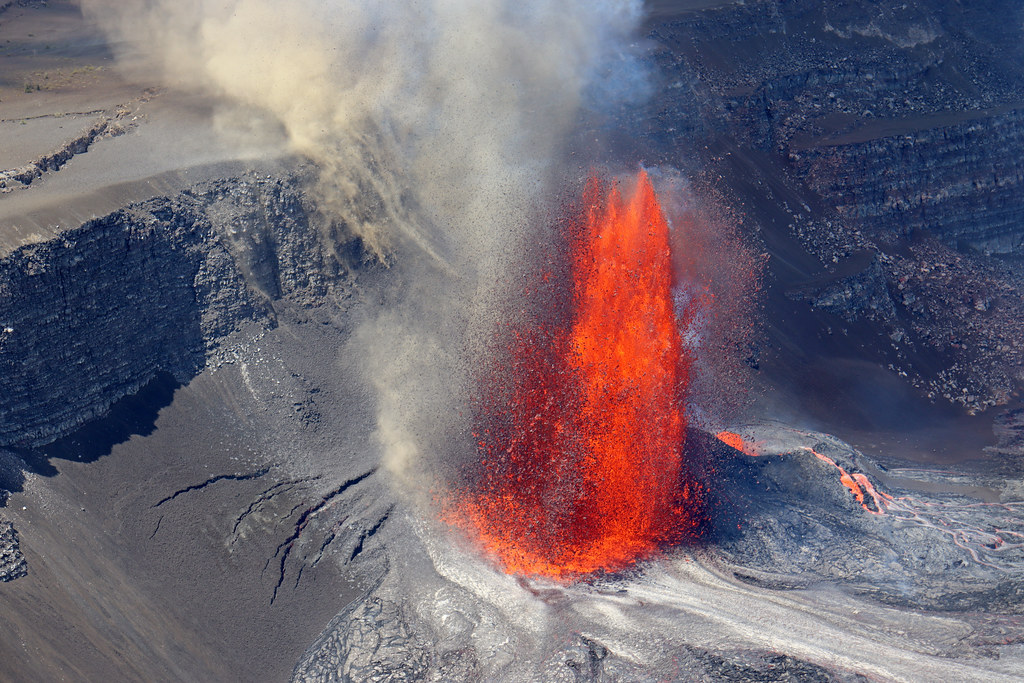
Tremor is a continuous high-amplitude seismic signal that can be caused by multiple processes, including long-lived resonance due to extended flow of magma movement through cracks, continuous occurrence of VT or LP/LF events that are so closely spaced in time that they can’t be visually separated, and explosions. This phenomenon represents one of the most telling signs of ongoing volcanic activity.
The duration and characteristics of tremor vary significantly based on underlying processes. Tremor is characterized by slowly emerging seismic waves which may last for minutes to many days when there are ongoing eruptions. It is important to identify tremor because this signal can be associated with fluid movement, which can sometimes indicate an increased chance of eruption.
Understanding tremor helps scientists distinguish between different types of underground activity. Harmonic tremor, or volcanic tremor, is the name for the continuous, rhythmic seismic energy associated with underground magma movement. This rhythmic pattern provides clues about the steady flow of materials deep beneath seemingly quiet volcanoes.
Ground Deformation: When Mountains Breathe

Even when you can’t see any obvious changes, dormant volcanoes are constantly moving in subtle ways that reveal underground activity. In addition to producing earthquakes, the movement of magma under a volcano can also bulge the flanks of the mountainside. When that slope starts to deform, due to pressure from the underlying melted rock and gas, it will change the slope angle of the volcano.
Modern technology allows scientists to detect these incredibly small movements with remarkable precision. Scientists use instruments called tiltmeters, which precisely measure the angle of a volcano’s slope. The tiltmeter is a sensitive instrument that can detect infinitesimal changes. These measurements can reveal magma intrusions long before any surface eruption occurs.
Advanced monitoring systems now provide comprehensive coverage of volcanic deformation. In Hawai’i Volcanoes National Park, the U.S. Geological Survey’s Hawaiian Volcano Observatory uses about 30 borehole tiltmeters, more than 60 continuous GPS receivers, more than 100 survey GPS sites, and InSAR data from several different satellites to monitor deformation at Kīlauea and Mauna Loa volcanoes.
The Deep Magma Connection
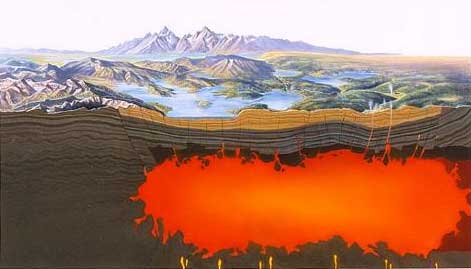
A volcano that is not erupting, but remains connected to a magma chamber that might erupt, is called dormant. This connection is the key to understanding why these volcanoes maintain constant activity even during periods of surface quiet.
The relationship between surface activity and deep magmatic processes is complex and fascinating. It has been recognized for some time that volcanoes that are dormant (defined here as not erupting but likely to erupt again) emit significant amounts of CO2. These volcanoes may support smaller CO2 plumes that may or may not contain SO2 derived from fumarolic emissions, or they may host large regions of diffuse degassing.
The contraction of the GNSS baseline indicated that the extra magma intrusion beneath the western flank of the Asama volcano was dormant, resulting in a basic amount of volcanic gas supply to the summit crater. This demonstrates how underground magma bodies continue to influence surface processes even during dormant periods.
Temperature Signatures and Thermal Monitoring
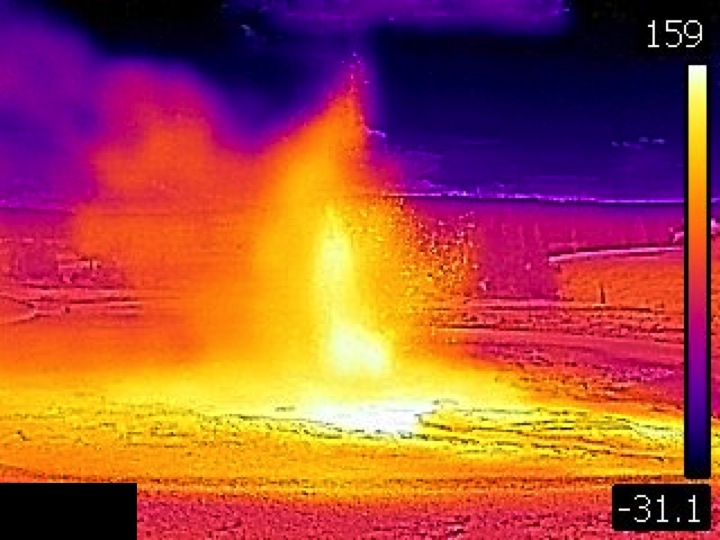
Heat signatures provide another window into the ongoing activity within dormant volcanoes. Even when surface temperatures appear normal, underground thermal processes continue to operate, creating detectable patterns that reveal magmatic activity below.
Thermal monitoring helps scientists understand the relationship between surface heat and deep magmatic processes. Changes in ground temperature, often measured by specialized sensors and satellite imagery, can indicate shifting magma bodies or increased gas flow long before visible changes occur at the surface.
These thermal signatures work in conjunction with other monitoring techniques to provide a comprehensive picture of volcanic activity. When combined with seismic and gas data, temperature measurements help scientists build detailed models of underground processes that drive continuous volcanic activity during dormant periods.
Hydrothermal Systems: The Volcano’s Circulatory System
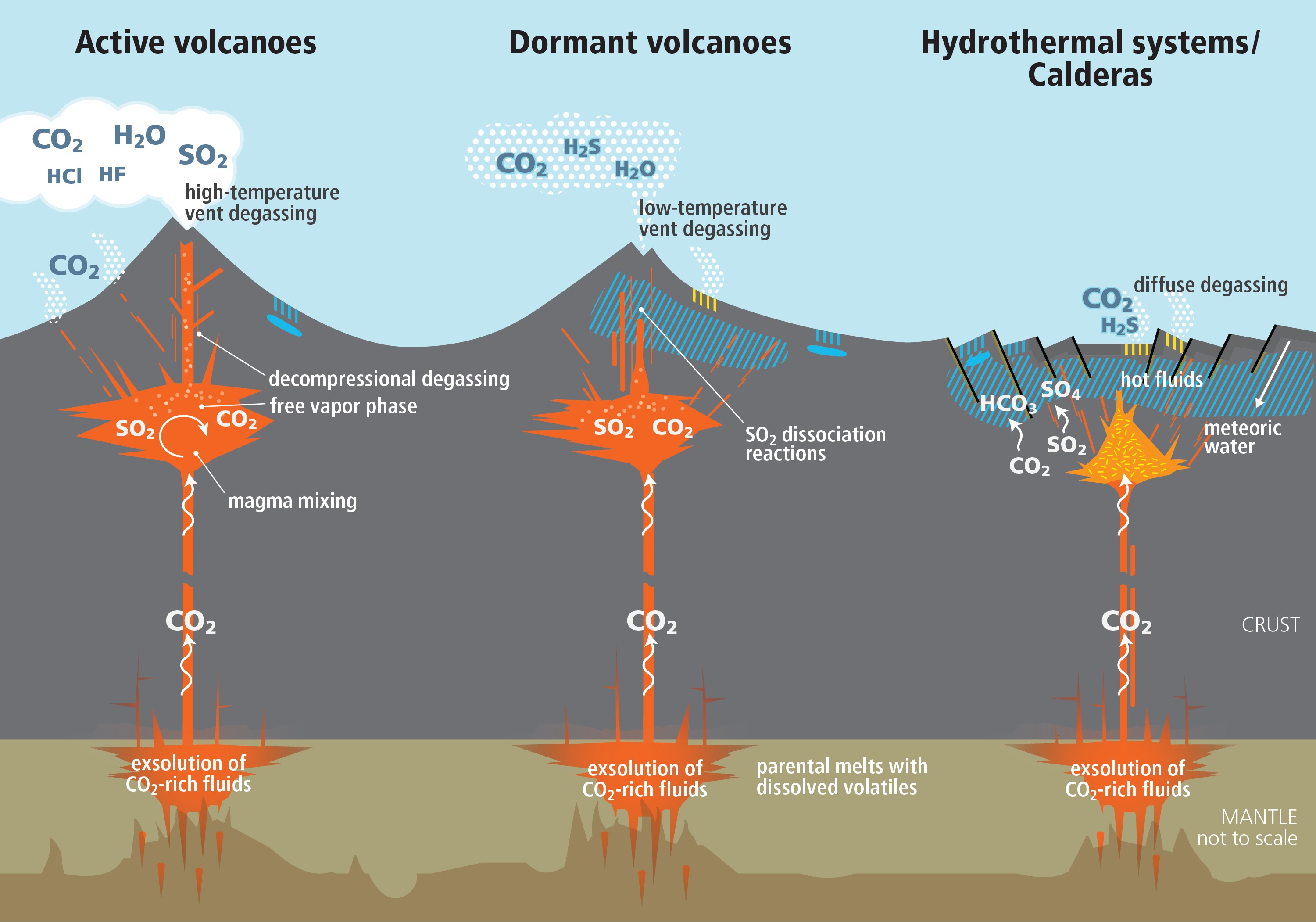
Beneath many dormant volcanoes lies a complex network of heated groundwater systems that act like the volcano’s circulatory system. These hydrothermal networks transport heat and chemicals from deep magma sources to the surface, creating ongoing activity that reflects underground conditions.
Magmatic degassing can also be modulated by shallow hydrothermal systems, as well as by hydrolysis and scrubbing reactions occurring at temperatures below 400°C, which modifies the original magma-derived gas composition. CO2 and H2S are less soluble than SO2 and the halogens and so pass more freely through the hydrothermal system.
The interaction between magmatic gases and hydrothermal systems creates unique chemical signatures that scientists can monitor. These systems act as filters and transport mechanisms, carrying information about deep magmatic processes to surface monitoring stations where they can be detected and analyzed.
Understanding hydrothermal systems helps explain why some volcanic gases appear at the surface while others are absorbed or modified during their journey upward. This knowledge is crucial for interpreting monitoring data and understanding the true state of underground magmatic activity.
Satellite Technology Reveals Hidden Activity
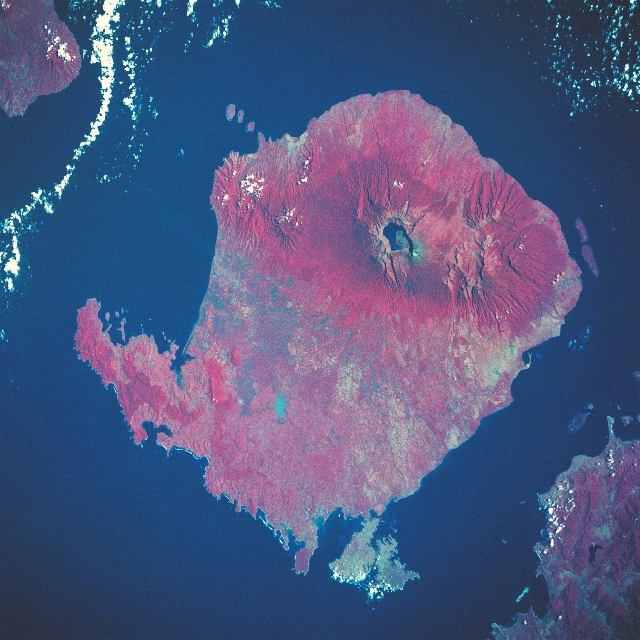
Modern satellite technology has revolutionized our ability to detect and monitor volcanic activity from space, revealing patterns of ongoing activity that were previously invisible to ground-based monitoring systems.
Tracking sulfur dioxide emissions via satellite also could help with eruption forecasting, as noticeable increases in SO2 gas releases may precede eruptions. Ground-based measurements are crucial, but the satellite data could allow us to target new measurements at unmonitored volcanoes more effectively, leading to better estimates of volcanic carbon dioxide emissions.
Satellite monitoring provides a global perspective on volcanic activity that complements ground-based measurements. A less dramatic but important volcanic process is the continuous, mostly quiet emission of gas. A number of volcanoes around the world continuously exhale water vapor laced with heavy metals, carbon dioxide, hydrogen, sulfide and sulfur dioxide, among many other gases.
Satellites provide us with a unique big-picture view of volcanic emissions that is difficult to obtain using other techniques. This comprehensive monitoring capability allows scientists to track volcanic activity across entire regions and identify patterns that might not be apparent from individual ground stations.
Long-term Patterns and Volcanic Cycles
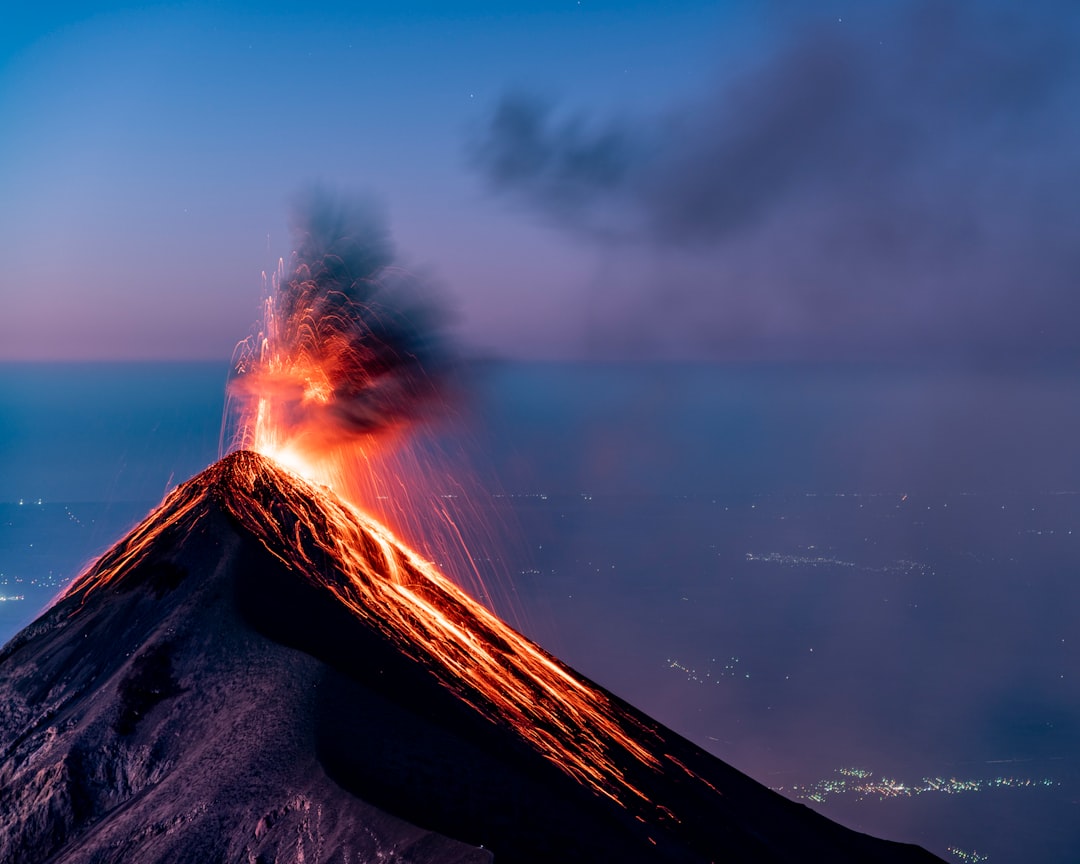
Dormant volcanoes follow complex cycles of activity that can span decades or centuries, with continuous monitoring revealing patterns that help scientists understand these long-term behaviors and predict future changes.
The most significant volcanic gas is CO2, which has been monitored since 1958 through three eruption cycles. This suggests that a reservoir deep beneath the summit is recharged with fresh, CO2 rich magma during and immediately following an eruption which is then quiescently outgassed at an inverse-exponential rate.
These long-term monitoring programs provide invaluable insights into volcanic behavior patterns. Our measurements comprise the world’s longest and most detailed continuous record of volcanic CO2 emissions. Measurements of volcanic gas emissions complement other geolophysical measurements (earthquake, surface deformation, gravity, petrology, and geochemistry) in providing a description of the structure and workings of Mauna Loa volcano through several eruption cycles.
Understanding these cycles helps scientists distinguish between normal background activity and potentially significant changes that might indicate increasing volcanic unrest. This knowledge is essential for long-term volcanic hazard assessment and risk management.
The Future of Volcanic Monitoring
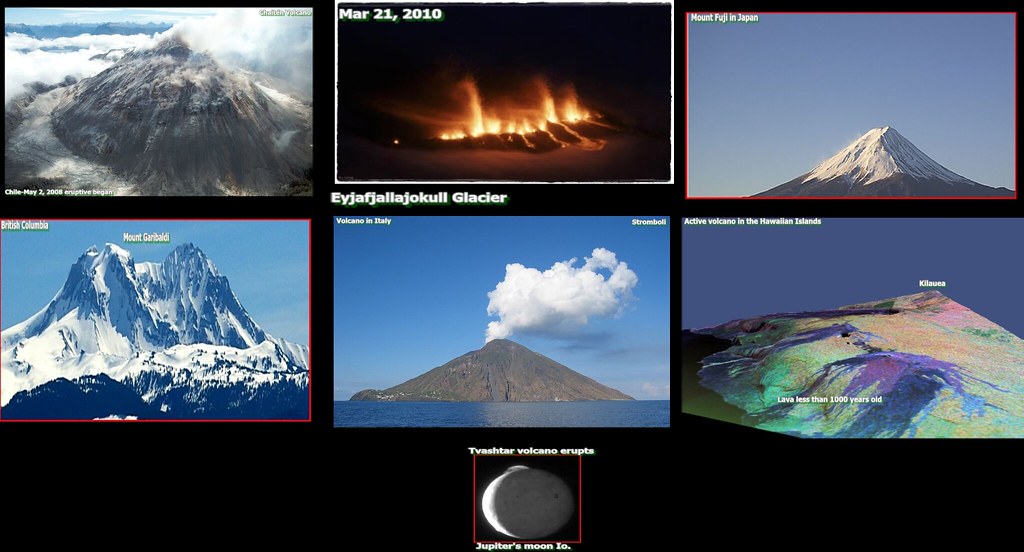
Advances in monitoring technology continue to reveal new aspects of volcanic activity, providing increasingly detailed pictures of the processes that keep dormant volcanoes active even during their quietest periods.
New monitoring techniques are expanding our understanding of volcanic processes. The new technology exposes those hidden emissions, offering a more accurate quantification of the volcanoes gas output. The findings also have significant implications for volcano monitoring and eruption forecasting.
Integration of multiple monitoring methods provides the most comprehensive understanding of volcanic activity. Assessing volcanic activity requires a multi-faceted approach, integrating continuous monitoring of geological and geophysical signals with historical eruptive data. Key monitoring tools include seismometers for earthquakes, GPS/InSAR for ground deformation, gas sensors for emissions, and thermal cameras for temperature changes.
These technological advances promise to reveal even more about the hidden world of volcanic activity, helping scientists better understand why some volcanoes truly never sleep, even when they appear completely dormant to the casual observer.
Conclusion
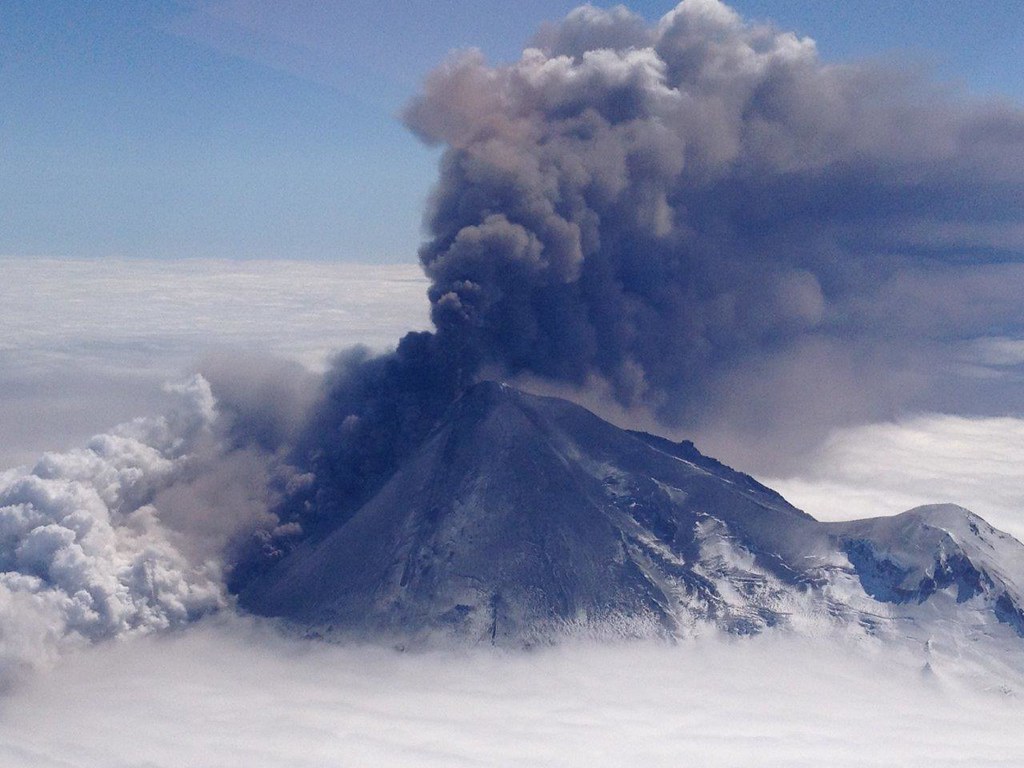
The next time you look at a supposedly quiet volcano, remember that appearances can be deeply deceiving. These geological giants maintain a constant dialogue with the Earth’s interior through subtle gas emissions, tiny earthquakes, and microscopic ground movements that reveal their true nature as dynamic, living systems.
What makes this continuous activity so remarkable is how it demonstrates the interconnected nature of our planet’s internal processes. From the deepest magma chambers to the atmosphere above, dormant volcanoes serve as windows into the Earth’s restless interior, never truly sleeping even during their most peaceful moments.
What do you think about this hidden world of volcanic activity? Tell us in the comments what surprised you most about the secret life of dormant volcanoes.



